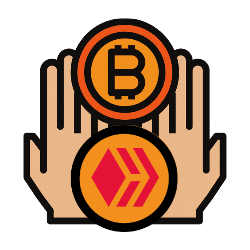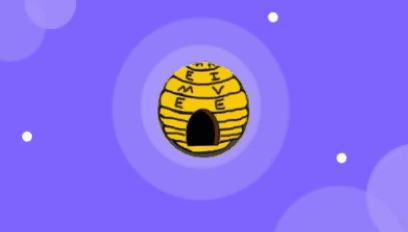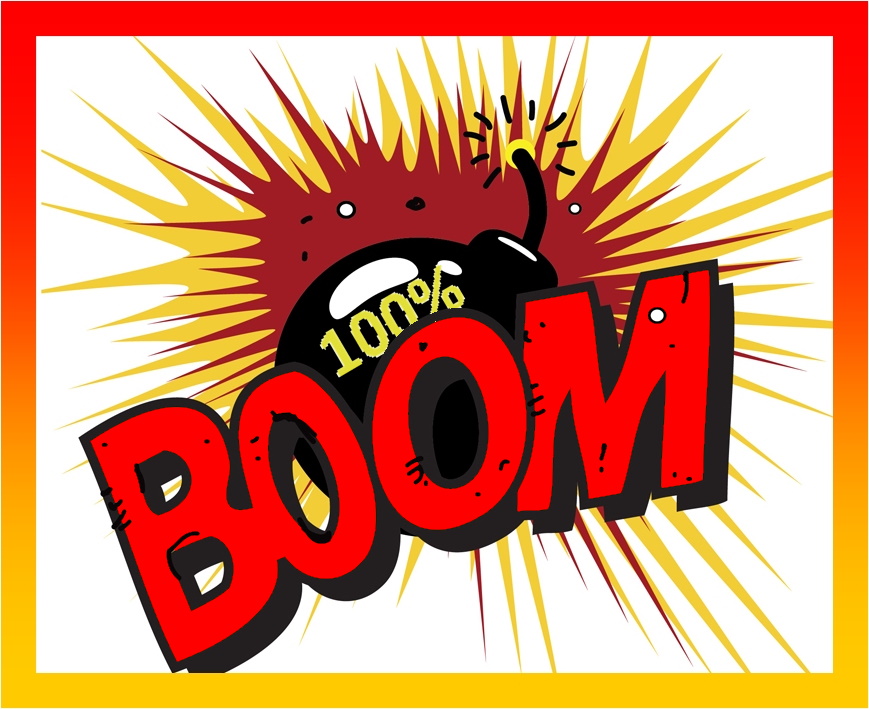Hive is a unique system that is not duplicated anywhere else. Even Steem, the chain from which is was forked is out of date compared to Hive.
When people look at price, the compare it to other blockchains that are out there. We need to make this clear: there is nothing like Hive in the blockchain realm. For this reason, the coin is going to see levels unimagined by most.
In this article we are going to lay out the basic features that make Hive different as compared to all other systems and how this is designed to keep driving value to the main coin.
Access Token
This is something we discussed on a number of occasions but we can go a bit deeper.
To engage with the blockchain, the coin needs to be staked, or powered up, to create Hive Power. Through HP, we get resource credits, which is a non-tradeable, virtual currency is part of a system that quantifies activity on-chain.
It can be thought of akin to a transaction fee. That said, there is a basic difference. Coins used to pay fees like on Bitcoin are part of the free floating circulating supply. With HP, those are coins locked up with a full power down taking 13 weeks.
Here is the key: as the activity on-chain increases, requiring more Hive Power, there will be less of it on the open market.
Pulling the data from Hiveblocks, this is what we see:

At present there is 391 million $HIVE in total. We are looking at 167 million staked, or 41%. This is obviously more than enough, at this time, for everyone to transact. The addition of Resource Credit Delegation means that larger accounts, especially applications, can provide other users with the RC they need.
However, there will come a time, if activity keeps increasing, where the amount of $HIVE powered up, as a percentage, will keep increasing. This naturally means there is less in the floating supply.
It is the basic mechanism of the blockchain. Unlike a coin that can be sent back and forth, RCs, once spent, are gone for a period of time. For example, on Bitcoin, the fees can be send this moment to the miner. Once that transfer is complete, the miner can use the fee to pay for a transaction it has.
That is not the case on Hive. If I send HBD to a wallet, it uses some resource credits. For the other person to give it back, he or she needs to use some of the RC tied to that wallet. Hence, both are down that amount until it recharges.
Take this concept and push it across tens of millions of transactions.
Here we see why some took to calling Hive digital real estate. Hive Power is what allows one to add to the database. If this becomes something that people want to utilize, we can see how scarcity starts to enter the picture.
Hive Backed Dollar
The Hive Backed Dollar (HBD) creates an interesting situation.
This is Hive's stablecoin that is backed by $1 worth of $HIVE (as long as the ratio is below the haircut rule). It is created through 50/50 payouts on comments or posts, conversion of $HIVE, and interest paid in savings.
We have 31 million HBD in total yet 20 million are locked up in the Decentralized Hive Fund (DHF). This means we have an effective floating supply of 11 million. For the moment, this is not much of a problem but it could be in the future.
Over the last few weeks, we got work of a couple interesting projects unfolding. One is the ability to pay for one's electric bill in Cuba using HBD. Another is the more than 1 dozen businesses in Sucre, Venezuela that are now accepting the currency for payments.
In other words, we are seeing use cases being generated in different parts of the world. The free float is actually less than 11 million because the amount in savings keeps growing. This is technically on the market yet many are using this as a fixed income instrument and not truly as a savings account.
Therefore, we have only a few million HBD truly floating on the open market. If there are more demand either through addition use cases (more businesses in Sucre) or more people using it, we will need a lot more HBD.
Here we start to tie back into the value of $HIVE.
Like was discussed, any transaction on-chain requires Resource Credits. Thus, any payment using HBD requires HP in the wallet (or RC delegation). Here again, we see the potential for demand as more people utilize it.
The other characteristic is that, to create massive amounts of HBD, the conversion mechanism has to be used. Putting HBD in savings pays 20%. Even if 10 million was in there, that would only be 2 million HBD created in a year. What is the market demand was for 5 million HBD? That is a 2.5 year process.
With the conversion mechanism, that can be created in a few days. The key to this feature is by converting to HBD, $HIVE is removed from the market. This means whatever the unstaked amount is, we will see is decline.
Please take note of this relationship. The connection between HBD and $HIVE is not duplicated anywhere else. Recent attention to HBD has made it rather stabl-ish on the open market, something SBD does not have. Of course, if we look at ETH, there is no correlation to USDC other than the fact the former is required to pay for transactions on-chain.
Thus, any success of HBD is going to translate over to $HIVE. As things grow, there is guaranteed to happen since it is inherent in the design.
New Metrics
People look at the inflation of $HIVE and worry about that. To me, this is missing the bigger part of the picture.
Instead of worrying about the inflation rate of $HIVE, determine the rate of staking versus the total. This changes the equation to focusing upon the growth rate. If Hive is growing at 25% per year in terms of the activity, that means we are going to need 25% more RCs (roughly) than the year before. If everything is equal, this is 25% more HP.
This far outpaces the roughly 7% inflation rate of $HIVE as coded into the blockchain.
What happens when demand is increasing while supply decreasing (if being converted to HBD)? Obviously there is only one direction the price can travel. Of course, this is an advantage because, as that happens, more HBD can be created from each $HIVE coin.
Suddenly there is more opportunity to penetrate different parts of the world with our stablecoins since more will be available.
All of this will help to fuel the Hive economy.
And it all starts with the network effect generated by on-chain activity. Here we see the kickoff of a circular feedback loop that allows for everything to expand and grow.
It is also something that is not duplicated in the cryptocurrency world.
If you found this article informative, please give an upvote and rehive.

gif by @doze

logo by @st8z




